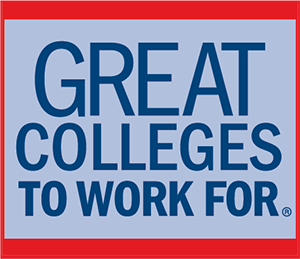As the fall semester starts, we are excited to celebrate the opening of the new Starbucks in Olmsted Center. It has been a busy summer getting all the components of this project completed in a short period of time. We are pleased that contractors and training of staff were able to finish ahead of schedule. We are also hard at work on continuing to improve our campus environment, and setting up some great projects for next summer. A few updates on what to expect around campus:
University Avenue City Sewer Separation Project and Drake Streetscape Project:
Construction is progressing on-schedule, including work along University Avenue and several adjoining streets. Lane closures will continue along University Avenue through Spring 2020. Sewer work will be completed first, with MidAmerican following with new streetlight and traffic lights next year. Our streetscape improvements will follow this work for final completion Summer 2020.
During the construction, the contractor has closed several sidewalk connections across University Avenue. Due to the large equipment and limited sight lines, students, faculty, and staff are asked to use the designated crossing at Aliber and Olmsted parking lot which aligns with the pedestrian light on University Avenue for safety.
Art in DART:
We have received grant funding (thanks to our fantastic Advancement Team) for the inclusion of art within the two new DART bus shelters located on the north side of the University Ave. An RFP is currently open for artists to submit their proposal. These will be the first bus shelters in Des Moines to include art. We are proud to be leading this effort with many community and neighborhood partners.
The Harkin Institute:
Construction will begin the end of September for the new Harkin Institute on 28th and University. Ave. Construction anticipated to be complete Fall 2020, and to coincide with the 30th anniversary of the founding of the ADA, a significant legislation legacy of Senator Tom Harkin.
Hubbell Dining Hall:
Design is underway for the remodel of Hubbell Dining hall kitchen and Quad Creek spaces. We anticipate a spring 2020 start of construction with completion wrapping up for start of classes Fall 2020. Work to include a complete remodel and refresh of the kitchen space, serving stations, and dining experience.
Merge Moves:
We are very excited about the Merge Development being planned for the Kinne Block between 24th and 25th and University Ave and Carpenter. In order for this vibrant addition to our Drake neighborhood to happen, we are finding new homes for over 100 Drake and City staff members that have offices on this block, and reorganizing offices of various departments on campus to optimize our existing space.
We are currently assessing our existing facilities to determine the best locations on campus that can accommodate large and small work groups. We have met with each department to understand their needs, and have had great discussions with these groups about what the office of our future looks like. We are working toward an end of September goal to have the department relocations identified.
Alongside the space planning, we are capturing the overall budget needs for building and furniture improvements to successfully relocate everyone. To provide the best improvements and extend our budget dollars, our in-house FPM team (project managers, carpenters, plumbers, mechanics, painters, HVAC) will be involved in completing the improvements. Anticipated Move dates could start as early as December and proceed through summer 2020. Look for more information in future editions of OnCampus.
Parking Garage Feasibility Study:
We are underway in a feasibility study for a new parking garage to be located between 24th and 25th and Carpenter Ave. and Forest Ave. The parking garage would serve the needs of the Merge Development residents and retail customers, Drake faculty and staff, Drake event parking, and campus visitors. Look for more information in future OnCampus.
—Michelle Huggins, Facilities Planning & Management





